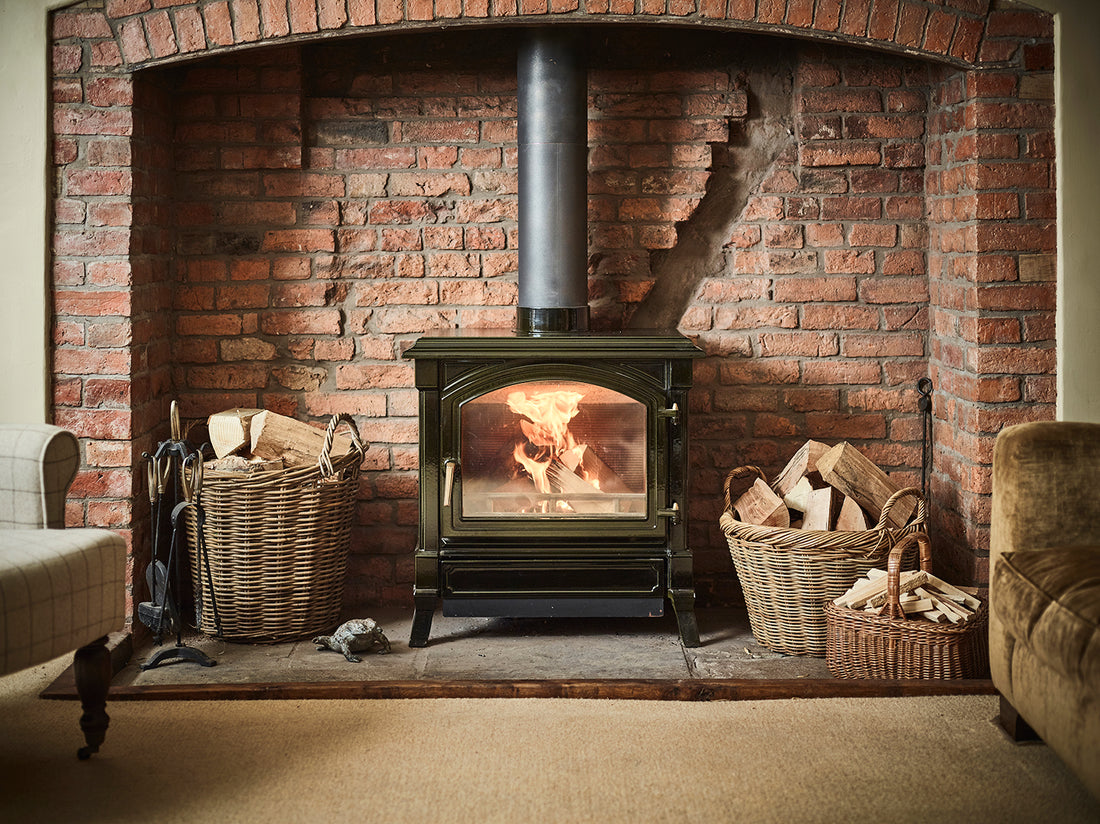
New Environmental Initiative from SIA
Share
As members of the Stove Industry Alliance we are delighted to be able to share their recent press release about the work being carried out to improve the environmental standards of wood burning stoves. Of course a major part of any stove’s use is the importance of using kiln dried logs for a clean and efficient burn, otherwise many of the efficiency benefits are lost when poor quality fuel is used.
The industry is now being extremely pro-active to ensure that wood burning is as efficient as possible and with the minimal of environmental impact. If you still have an open fire, or perhaps just a very old stove, perhaps now is the time to consider putting in a new stove!
New Environmental Initiative from SIA
The Stove Industry Alliance is launching a new environmental standard, committing manufacturers to start meeting stringent new green laws six years ahead of schedule.
From this spring, the industry’s main manufacturers will ensure that all newly-designed wood burning stove models will meet European environmental standards for particulate emissions, which are not due to be enforced until 2022.
This will ensure British wood-burning stoves are more environmentally friendly than they have ever been, putting the industry at the cutting edge of European standards.
The decision means that by 2020, the main manufacturers will be manufacturing only wood-burning stoves that meet the new Ecodesign criteria, two years ahead of schedule.
The move is led by the Stove Industry Alliance, the trade body for the stove industry.
To communicate the importance of buying an environmentally friendly stove to customers, the SIA is introducing an education programme for customers, explaining the benefit of an Ecodesign compliant stove.
The main focus of the programme is the launch of a new ‘SIA Ecodesign-ready’ stamp so consumers know their purchase complies with Ecodesign standards. The administration of the scheme will be overseen by HETAS, the largest Government recognised standards and certifications scheme for solid fuel heating appliances.
This is one of many innovations undertaken by the industry in recent years to appeal to modern consumers.
And as demand for stoves increases, so too does the number of highly skilled manufacturing jobs the industry provides.
Approximately 35,000 people are employed in the UK stove, fireplace, and timber supply industries, with many of these jobs based in local, rural economies.
Furthermore, the popularity of stoves is not limited to these shores, with exports of approx. €15 million in the last year.
The SIA intends to keep investing in developing the highest quality, cost efficient and environmentally friendly products, so that the industry remains a British success story.
